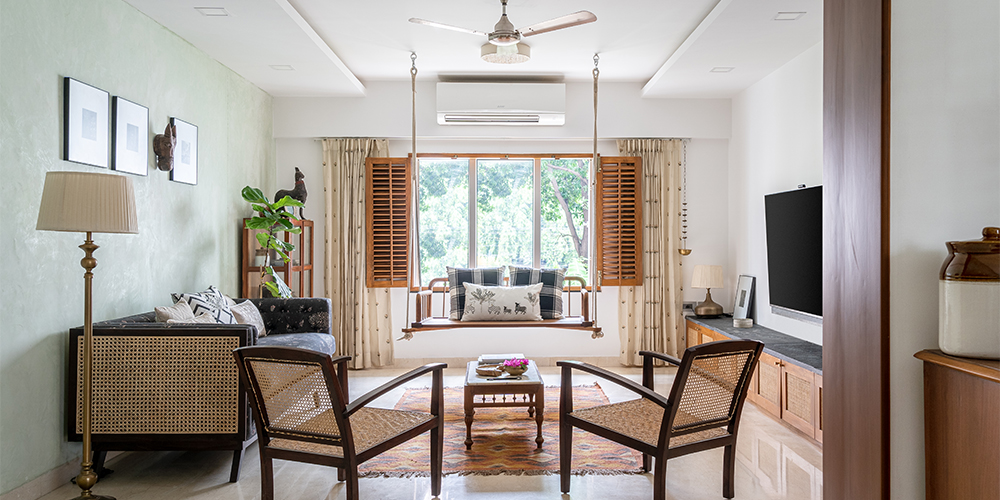
Image source: Google
Designing a home that caters to individuals of different generations can be a challenging yet rewarding task. From millennials to baby boomers, each generation has unique needs and preferences when it comes to home design. Home designers have to consider various factors such as accessibility, aesthetics, and functionality to create spaces that appeal to people of all ages. If you want to find a home designer who can help you achieve the look of your dreams, you can check this website https://www.dwellhomesla.com/.
Let's explore how home designers cater to different generations through thoughtful design choices.
Understanding the Needs of Different Generations
Millennials
- Prefer open floor plans that promote socializing and connectivity.
- Value sustainability and eco-friendly features in their homes.
- Prioritize home offices or flexible workspaces for remote work.
- Prefer modern and minimalist design aesthetics.
Generation X
- Value functionality and practicality in home design.
- Seek homes with low maintenance features.
- Prefer a mix of traditional and contemporary design elements.
- Look for homes with ample storage space.
Baby Boomers
- Prioritize comfort and convenience in home design.
- Prefer single-story homes or homes with accessible features.
- Value high-quality materials and craftsmanship.
- Look for homes with aging-in-place features for long-term living.
Designing for Accessibility and Universal Design
One of the key considerations for home designers catering to all ages is accessibility. Incorporating universal design principles ensures that homes are functional and safe for individuals of all ages and abilities. Some ways designers achieve this include:
Zero-Step Entries
- Eliminating steps at the entryway to make homes easily accessible for elderly individuals and individuals with mobility challenges.
Wide Doorways and Hallways
- Designing homes with wider doorways and hallways to accommodate wheelchair users and improve overall accessibility.
Accessible Bathrooms
- Installing grab bars, non-slip flooring, and curbless showers in bathrooms to enhance safety and accessibility for individuals with mobility issues.
Flexible Design Elements for Multigenerational Living
With the rise of multigenerational living arrangements, home designers are incorporating flexible design elements that can adapt to the changing needs of families over time. Some common design features for multigenerational homes include:
Secondary Suites
- Adding secondary suites with separate entrances, kitchens, and living spaces for extended family members or guests.
Multifunctional Spaces
- Designing rooms that can serve multiple purposes, such as a home office that can double as a guest bedroom or a playroom.
Separate Living Areas
- Creating separate living areas within a home to provide privacy and autonomy for different generations living under one roof.
Technology Integration for All Ages
Technology plays a significant role in modern home design, and designers are incorporating smart home features that cater to individuals of all ages. From voice-activated assistants to automated lighting and temperature control, technology integration can enhance the comfort and convenience of homes for different generations. Some common tech-savvy features include:
Smart Thermostats
- Allowing homeowners to control the temperature of their homes remotely for increased energy efficiency and comfort.
Voice-Controlled Devices
- Enabling hands-free operation of various home systems, such as lighting, entertainment, and security.
Home Automation Systems
- Integrating home automation systems that can be customized to meet the specific needs and preferences of homeowners of all ages.
Conclusion
Designing homes that cater to individuals of different generations requires a thoughtful approach that considers a wide range of factors, from accessibility and functionality to aesthetics and technology integration. Home designers play a crucial role in creating spaces that are inclusive and adaptable to the evolving needs of families over time. By understanding the unique preferences and requirements of each generation, designers can create homes that provide comfort, convenience, and enjoyment for individuals of all ages.